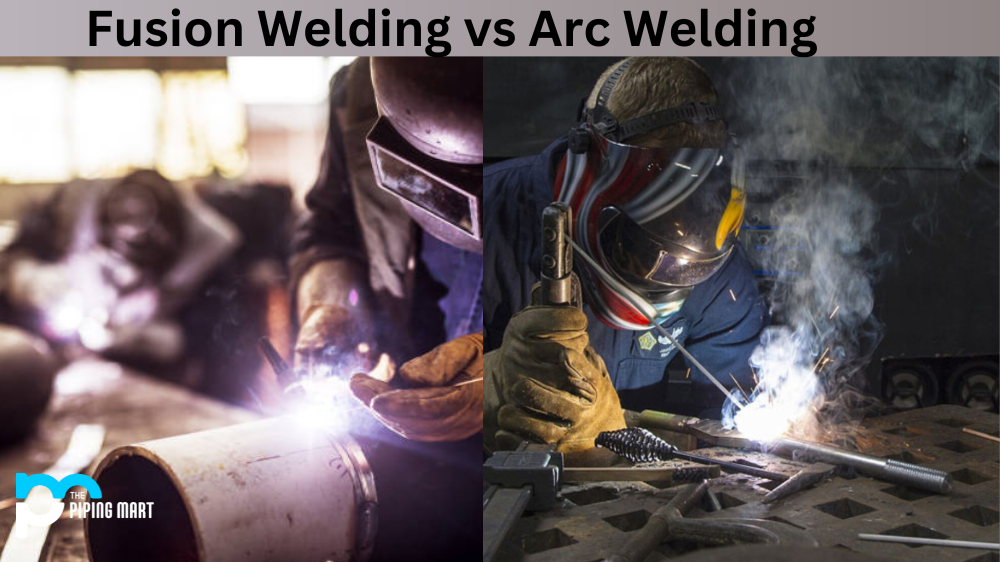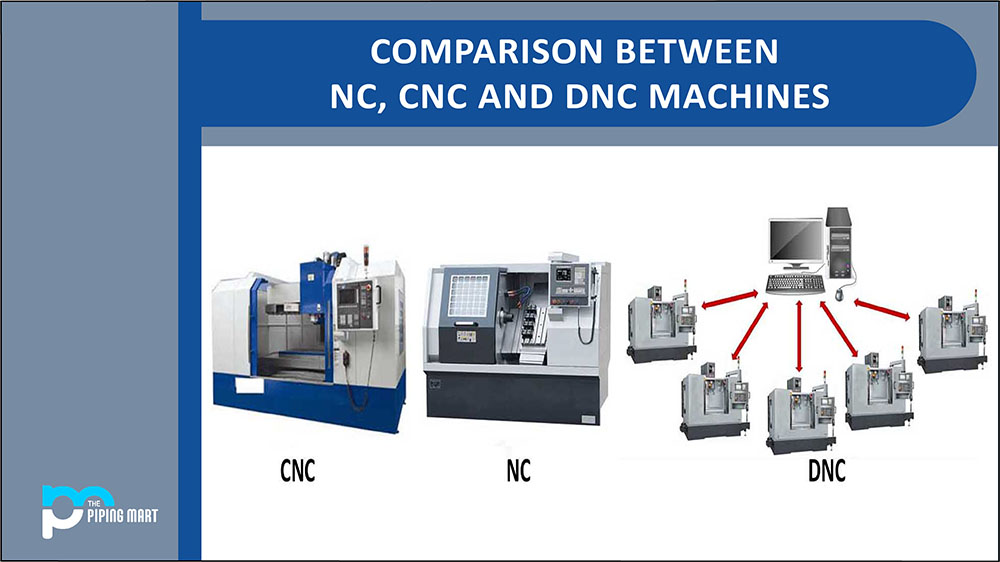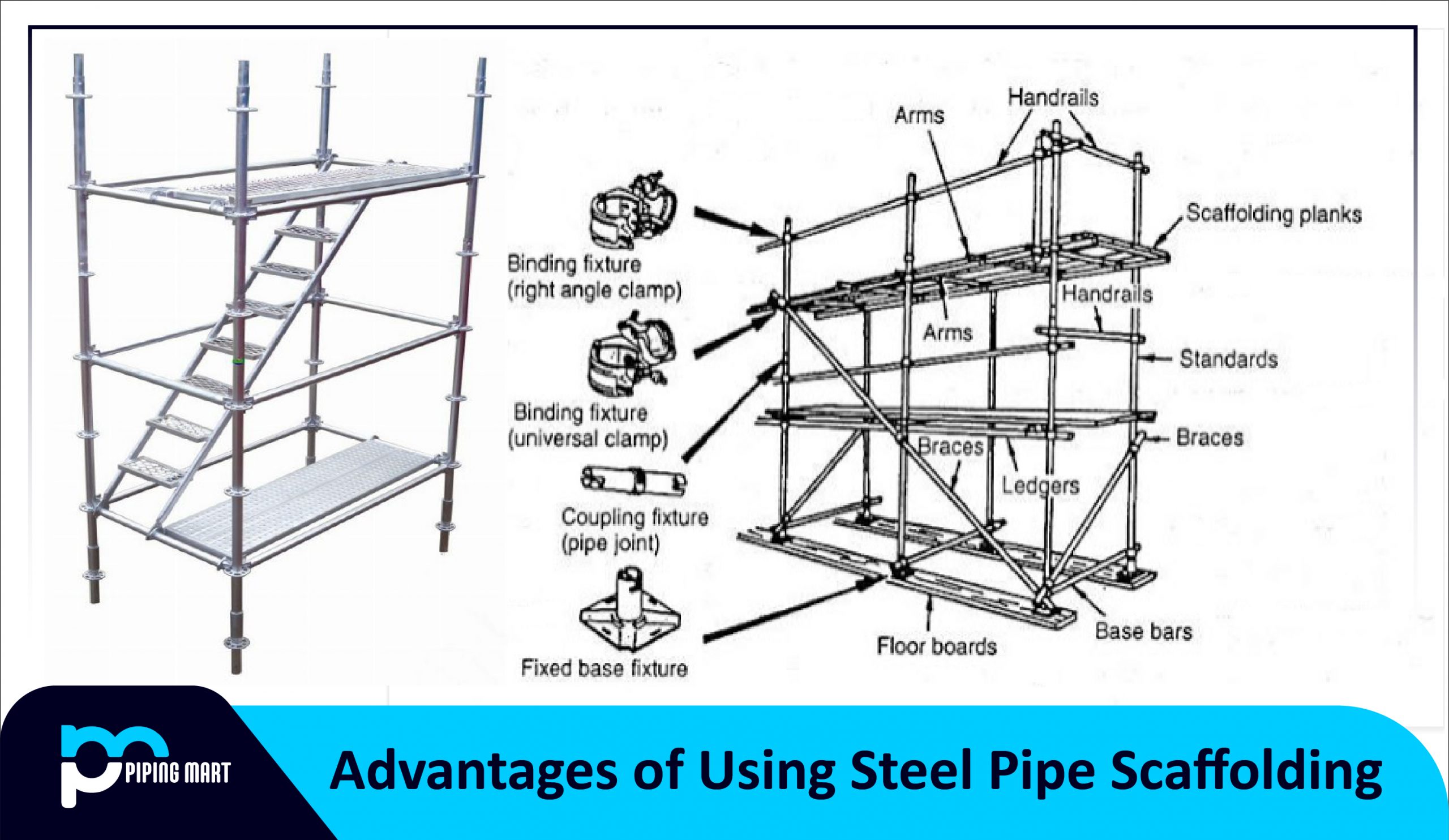Making strong bonds between metal surfaces is essential for many industrial and hobby projects. Two of the most widely used welding techniques are fusion and arc welding. Although each process has similar goals, several key differences make them preferable in specific scenarios. Let’s take a look at the differences between fusion and arc welding.
Fusion Welding
Fusion welding is a type of welding that utilizes heat to fuse two pieces of metal together. The process begins with the welder applying heat to the joint area in order to melt the metal and create a molten pool. Once this pool has been established, additional filler material can be added if needed before allowing the molten metal to cool and solidify. This type of welding is most often used for high-strength applications such as automotive frames and bridges because it is able to produce strong bonds between two pieces of metal that can withstand extreme temperatures and pressures. Additionally, fusion welding produces very little spatter or slag compared to other types of welding processes.
Arc Welding
Arc welding is another type of welding process that utilizes electricity instead of heat in order to weld two pieces together. This type of welding is most commonly used on thinner metals since it does not require as much heat as fusion welding does. Additionally, arc welding tends to produce less smoke than other types of welding processes since it uses electricity instead of burning a fuel source like propane or acetylene gas. However, arc welds tend to be weaker than those produced by fusion welders due to their lower melting point temperature which reduces the strength of the bond between two pieces of metal.
Difference Between Fusion Welding and Arc Welding
The primary difference between these two processes is the heat used to complete the weld. In fusion welding, an intense heat source is used to melt both pieces of metal, fusing them when they cool down again. Examples of fusion welding include oxyacetylene, laser beam and electron beam welding. In contrast, arc welding uses an electric current instead of heat to bond two metals together. This current passes through a consumable electrode and creates an electrical arc between the welded material and the electrode itself. Examples of this type of process include shielded metal arc (SMAW or stick), gas tungsten arc (GTAW or TIG), flux cored arc (FCAW), submerged arc (SAW) and gas metal arc (GMAW or MIG).
Another difference between fusion and arc welding is their respective suitability for different materials. Fusion welding can be used with nearly any type of material, including aluminium, cast iron, steel alloys and even some plastics. Arc Welding is more limited in terms of what it can be used for; it works well for carbon steel but may not be suitable for other materials such as stainless steel or aluminum alloys.
Finally, even though both techniques require training before being used safely and effectively, they differ somewhat in terms of the skill level required to perform them successfully. Fusion welding requires a greater skill due to its reliance on intense heat sources that must be monitored closely to produce good results without damaging the surrounding materials or environment. Arc Welding requires less intensive monitoring since its energy source—an electrical current—is relatively self-contained once set up properly; however, it does require more excellent manual dexterity to keep up with the fast-moving electrical ark while controlling it at the same time
Advantages of Fusion Welding
One of the main advantages of fusion welding is that it can create very strong joints between metal components. Fusion welds are also less likely to contain voids or other defects, making them more reliable than arc welds. Additionally, fusion welds are less likely to be affected by environmental factors, such as humidity or temperature changes.
Advantages of Arc Welding
One of the main advantages of arc welding is that it is relatively easy to learn and can be used to create strong joints between metal components. Additionally, arc welding is less expensive than fusion welding, as it does not require as much equipment. Arc welds are also more resistant to environmental factors than fusion welds, making them more reliable in outdoor applications.
Disadvantages of Fusion Welding
One of the main disadvantages of fusion welding is that it requires expensive equipment and can be difficult to learn. Fusion welds are more likely to contain voids or other defects than arc welds, making them less reliable. Fusion welds are also more likely to be affected by environmental factors, such as humidity or temperature changes.
Conclusion:
When choosing between fusion vs arc welding techniques, consider your project needs and your experience level with each method before deciding which option is best suited for you. Both ways have advantages over one another depending on the job you are trying to complete; understanding those advantages will help you select the appropriate technique for your project requirements. Whether you choose fusion or arc welding, remember that safety is always your number one priority when working with these powerful tools!

Meet Bhavesh, a seasoned blogger with a wealth of knowledge and experience. From metal products manufacturing to retail, Bhavesh has a diverse background in various industries and is dedicated to sharing his insights and expertise with readers.




